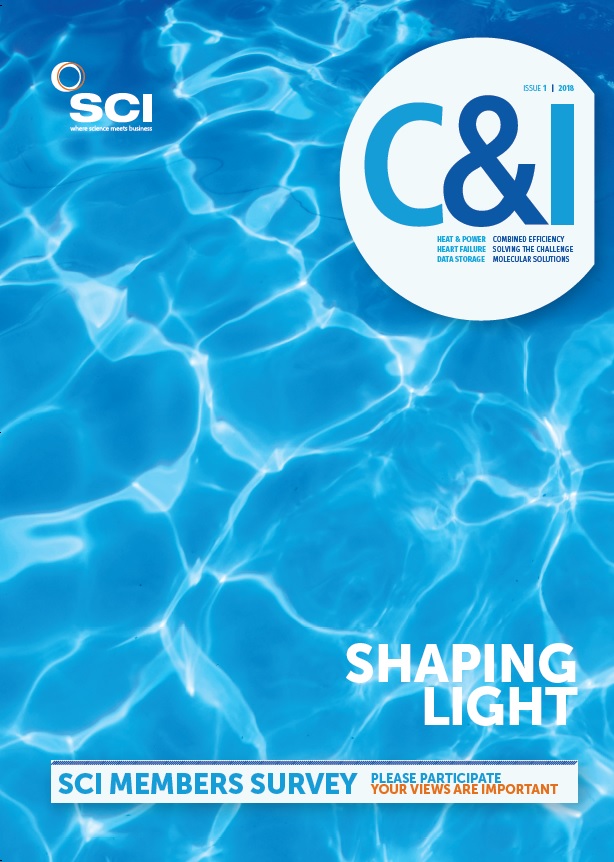Tweaking the chemical structure of the antibiotic vancomycin may offer a new route to tackle the burgeoning problem of antibiotic-resistant bacteria, researchers in Australia have discovered.
Credit: Dr Karl Lounatmaa/Science Photo Library
Vancomycin has been used since the late 1950s to treat life-threatening infections caused by Gram-positive bacteria, including methicillin-resistant S. aureus (MRSA). The antibiotic works by binding to a precursor of the cell wall component, peptidoglycan, Lipid II, thus inhibiting bacterial growth.
Lipid II is present in both Gram-positive and Gram-negative bacteria. However, in Gram-negative bacteria it is protected by an outer membrane. In Gram-positive bacteria, Lipid II is embedded in the cell membrane but part of the molecule – a pentapeptide component – sticks out, which is what vancomycin binds to.
The researchers at the University of Queensland’s Institute for Molecular Biology (IMB), led by director of superbug solutions Matt Cooper, reasoned that if they could increase the ability of vancomycin to bind to the bacterial membrane, this would make it more difficult for bacteria to develop resistance to it (Nature Communications; doi:10.1038/s41467-017-02123-w).
‘Our strategy was to add components to vancomycin so that the new derivatives – which we call “vancapticins” – could target more widely the membrane surface,’ explains Mark Blaskovich, senior research chemist at IMB. ‘By providing two binding sites – the membrane surface and the membrane-embedded Lipid II - this allows binding to resistant strains in which the Lipid II has mutated to reduce interactions with vancomycin.’ In addition, the researchers say that the vancapticins have been designed to take advantage of compositional differences between mammalian and bacteria cell membranes – ie bacterial cells have a greater negative charge. The vancapticins have greater selectivity for bacterial cells over mammalian cells, potentially reducing off-target effects and giving a better safety profile. A series of structure–activity studies showed that some of the vancapticins were more than 100 times more active than vancomycin.
This membrane-targeting strategy, the researchers say, has the potential to ‘revitalise’ antibiotics that have lost their effectiveness against recalcitrant bacteria as well as enhance the activity of other intravenous-administered drugs that target membrane associated receptors.
John Mann, emeritus professor of chemistry at Queen’s University Belfast, UK, comments: ‘Bacteria have developed numerous strategies to modify the binding, uptake and expulsion of antibiotics, and thus develop resistance. So, it is especially exciting to see the development of these new vancomycin derivatives that enhance the membrane binding properties of the antibiotic, thus enhancing its efficacy and beating the bacteria at their own game.’





